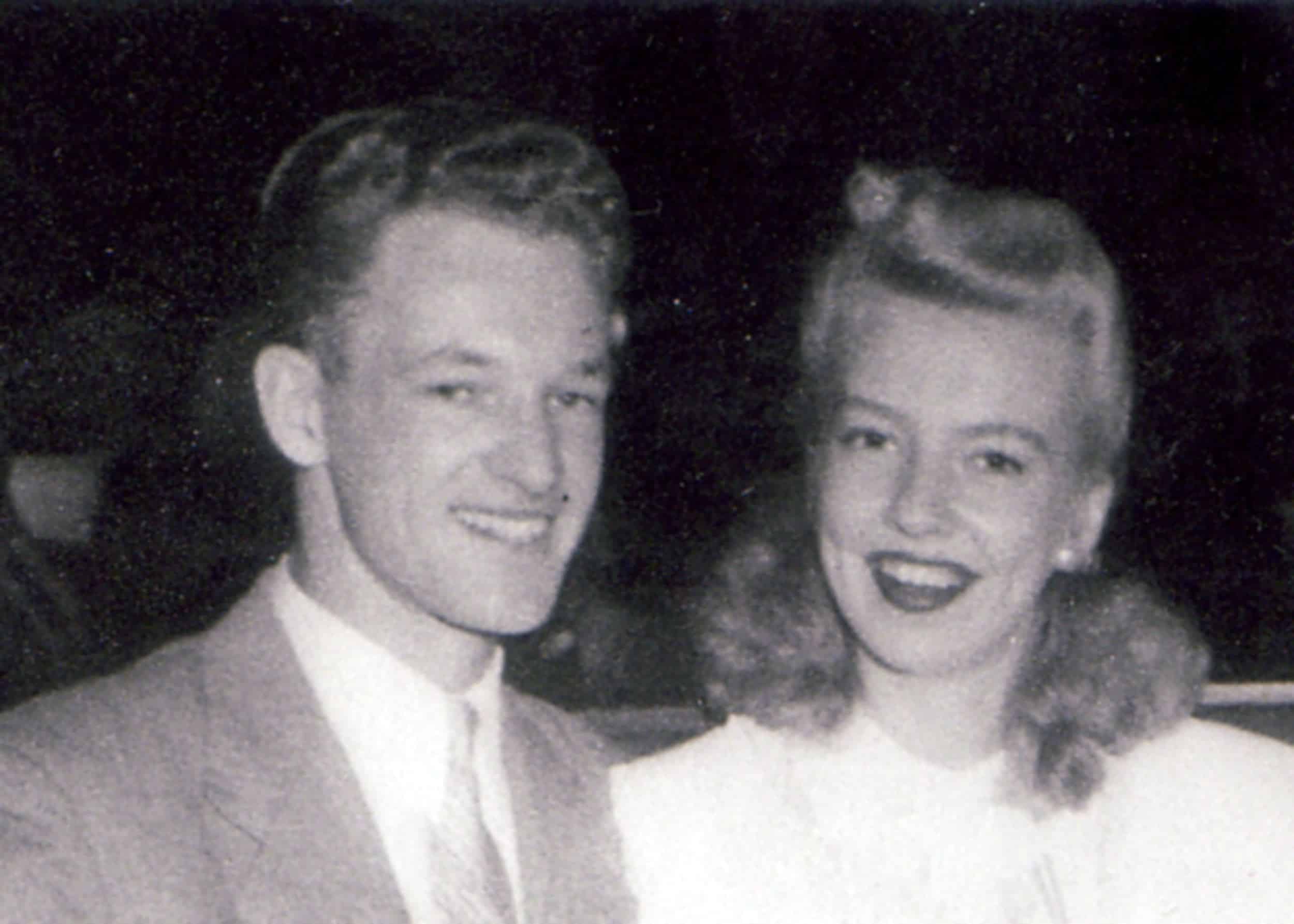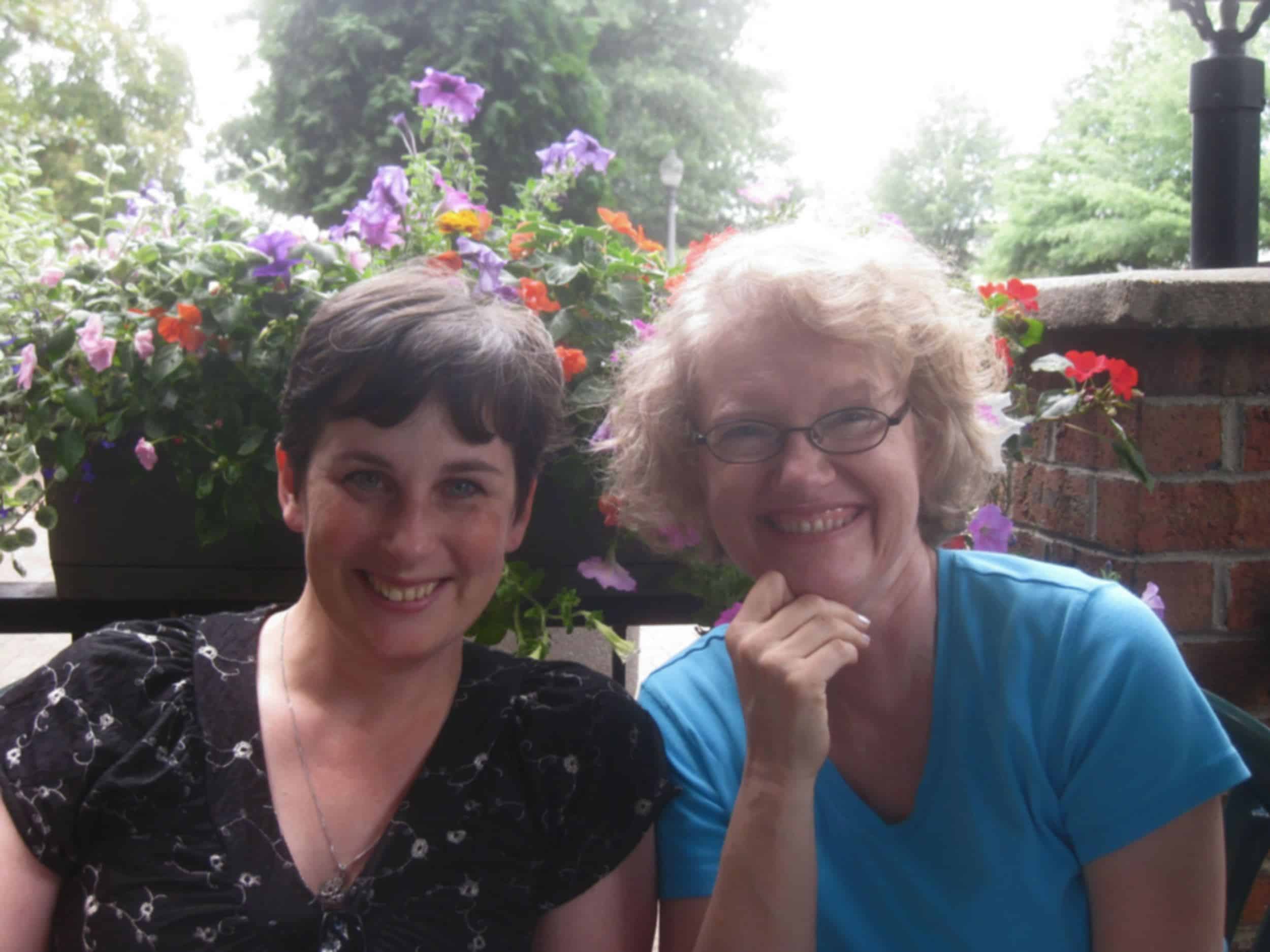Personal Tribute: Jan Cox Speas

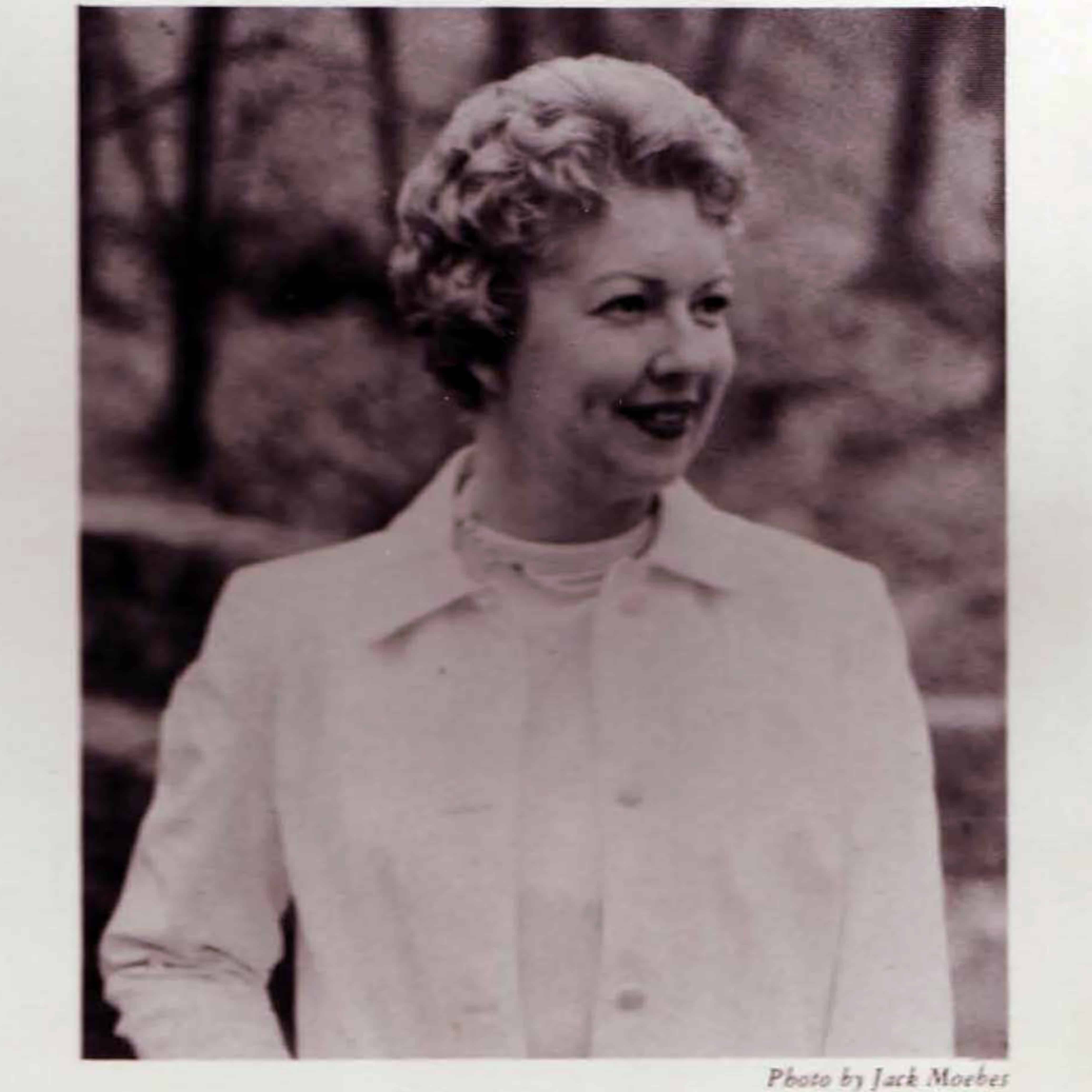

Jan Cox Speas
Jan Cox Speas was born November 5, 1925 in Raleigh, North Carolina. She attended the Women’s College of the University of North Carolina (women could not go to UNC-Chapel Hill until junior year) from1942-46, where she studied creative writing under Hiram Hayden. UNC had a special association with Jan’s family: her mother, Francis Howard Cox, who had studied as a high schooler at home in tiny Richlands, NC, was the first in the family to come to the college, taking the train in 1914 to Greensboro to study to be a teacher, and years later Jan’s daughter, Cindy, attended UNC-Chapel Hill in the first year freshmen women were allowed to enrol.
Near the end of the war Jan met and married John Speas on his return from the European theatre. Their first child, Cindy, was born in 1948, right after John graduated from Colorado State University.
After several years of travelling, the Speas family settled back in Greensboro in 1954 to be near Jan’s mother, who suffered from chronic ill health. During that time Jan wrote multiple short stories for the widely read “slick” magazine market, including The Post, Ladies Home Journal, Cosmopolitan, McCall’s and others.
Cindy Speas recalls, “Mom learned to write from reading—and that’s what we did as a family every night.” Jan’s favourite authors included Daphne DuMaurier, Mary Stewart, Nevil Shute, Elswyth Thane, Inglis Fletcher, Helen MacInnis, Elisabeth Ogilvie, Elizabeth Goudge, Dorothy Sayer and Josephine Tey. “But the most fun Mom and I had,” Cindy confesses, “was with Georgette Heyer’s Regency romances—we collected all of the original hardbacks.”
Jan’s own first novel, Bride of the McHugh, was published the same month her second child, Greg, was born, in 1954, by the Indiana firm Bobbs-Merrill, where her UNC mentor Hiram Hayden was an editor. She published two more historical novels, My Lord Monleigh in 1956, and My Love, My Enemy in 1961, before going back to graduate school in 1962, where she received her Master of Fine Arts under southern poet Randall Jarrell at UNC-Greensboro, writing The Growing Season as her thesis. The Growing Season, published in 1963, was the first thesis accepted in non-standard thesis form for the university library, and is still on their shelves as the actual published book. (UNC-Greensboro also holds the original manuscript of Bride of the MacHugh)
Jan went on to teach creative writing and English and American literature and poetry at Guilford College in Greensboro . Her favourite poets were TS Elliott and Robert Frost. Sadly, she died of a heart attack in late October 1971 while on the west coast visiting her brother who was dying from a brain tumour—a double tragedy for their mother. “None of us expected it,” says Cindy. “It was a huge personal loss, but also a loss to all her fans.”
At the time of her death, Jan was working on a novel that remains unfinished.
All her books were republished in paperback in the 1970s by Avon and enjoyed a resurgence of popularity. By the end of that decade, over one million copies of her books were in print, and they’re still finding new fans today.
Here are the original covers for all four books, together with the publishers’ story synopses that appeared on the dust jackets:
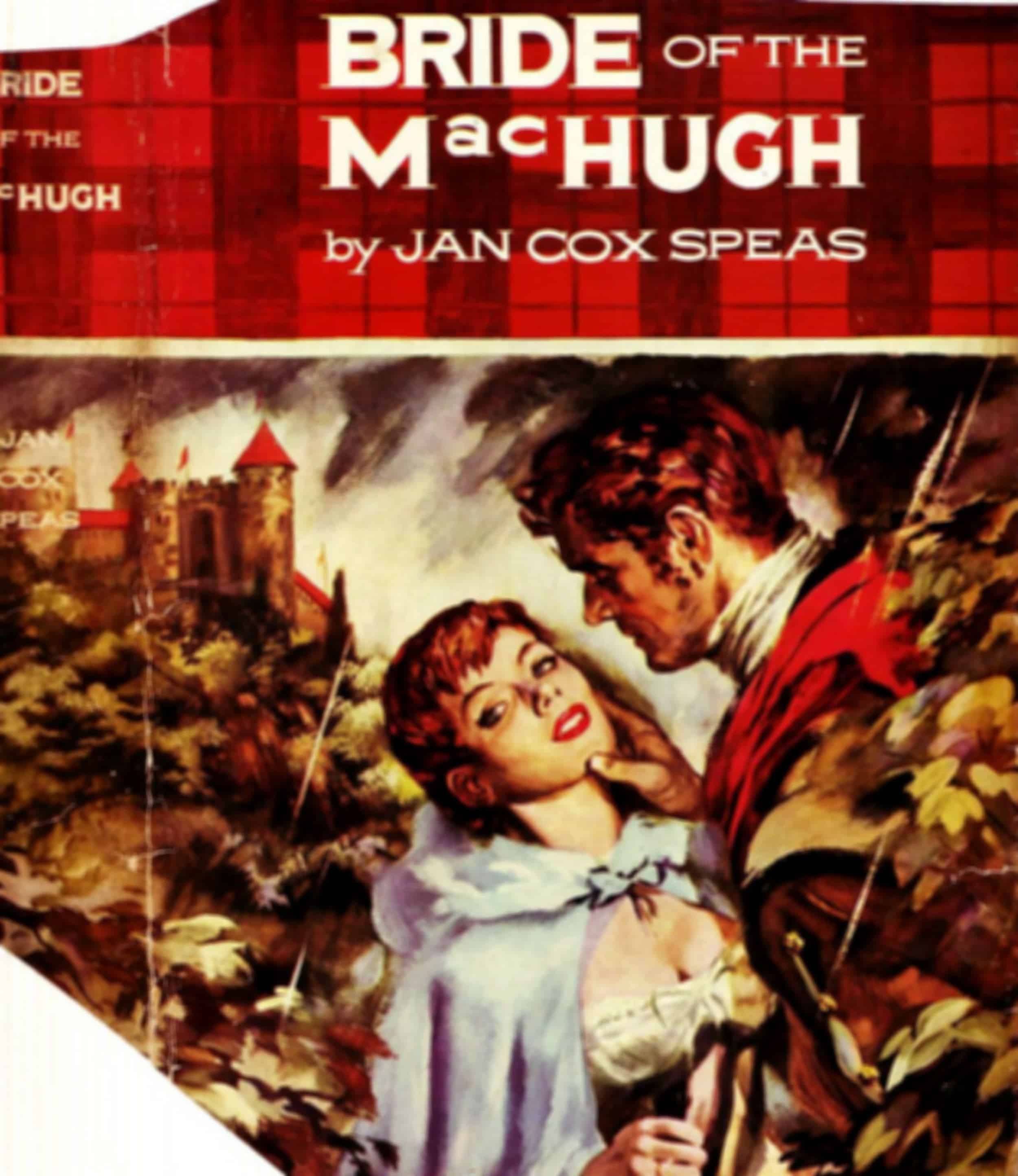
Bride of the MacHugh
Elspeth is a provocative and feminine lass who lived in a turbulent time in Scotland’s history, a period crowded with romance, intrigue, battles and characters that are memorable for their vitality and charm, their lust, strength and willfulness. Alexander MacHugh was head of one of Scotland’s mightiest clans when the rebellious Highlanders rallied around the MacDonald banner. He was a man of massive will but gravely courteous demeanor, and he clashed with Elspeth at every encounter, his will pitted against hers, neither of them willing to surrender to an irresistible attraction.
It was early in the seventeenth century in Scotland, and the men and women who lived, loved and fought then were no less stormy and unpredictable than the violent events which caught them up and determined their fates. In these pages you will meet the corrupt and ambitious Earl of Argyll, Elspeth’s wily guardian, who epitomizes an insatiable greed for power and wealth; Kate MacLaughlan, the beautiful and treacherous redhead, whose passion for Alexander MacHugh would stop at nothing for fulfillment; Gavin, the grim and mysterious youth with a scar across his cheek; Elspeth’s half-sister, Jeanie Lamond, as fair and fresh as a May morning, and of course, the many brave and gallant Scottish rebels, led by the MacDonalds, who harried the Campbells and would not be subdued by England.
It seemed just another day when Elspeth Lamond rode into the wild and untameable hills and moors of the Highlands on a quiet mission from London, but within a few hours she was a captive riding in the rain toward an unknown destination. From the day of her abduction by a band of rough horsemen till the day she fled the thick walls of her guardian’s castle, Elspeth’s fate was irrevocably linked with the Lamonds and with their friend, the MacHugh, whose name reverberates through these pages with the vigor of a clash of arms.”
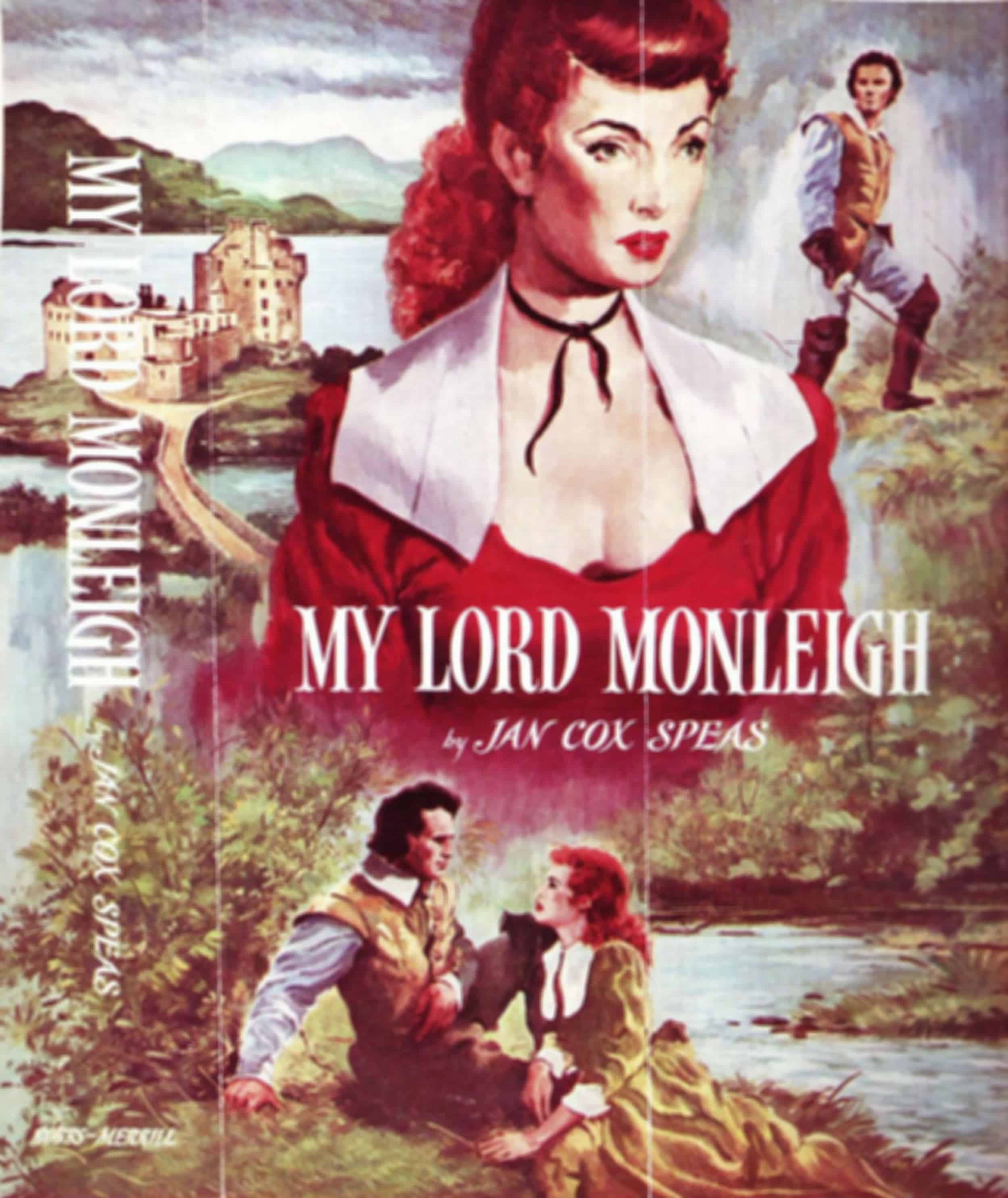
My Lord Monleigh
Anne Lindsay met him first on the windswept moors, though when first she saw him she had no idea who he might be. She knew only that he was handsome and that he did something to her heart, that here was the one man who could bring warmth and happiness into a life seemingly forever chilled by the bleakness of her early childhood. Monleigh was to give her everything that a man can give a woman, though in the process he was to change her whole life, for this was a man who believed passionately in the freedom of the individual and of his obligation to control his own life. What Anne Lindsay had to learn, and it meant that she all but lost him in the process, was that there is a responsibility in love that goes beyond the mere desire to love another.
Here is a novel of rare and haunting beauty, yet one whose broad narrative sweep is packed with movement and pageantry. It is a brilliantly exciting book by a writer of distinction.”
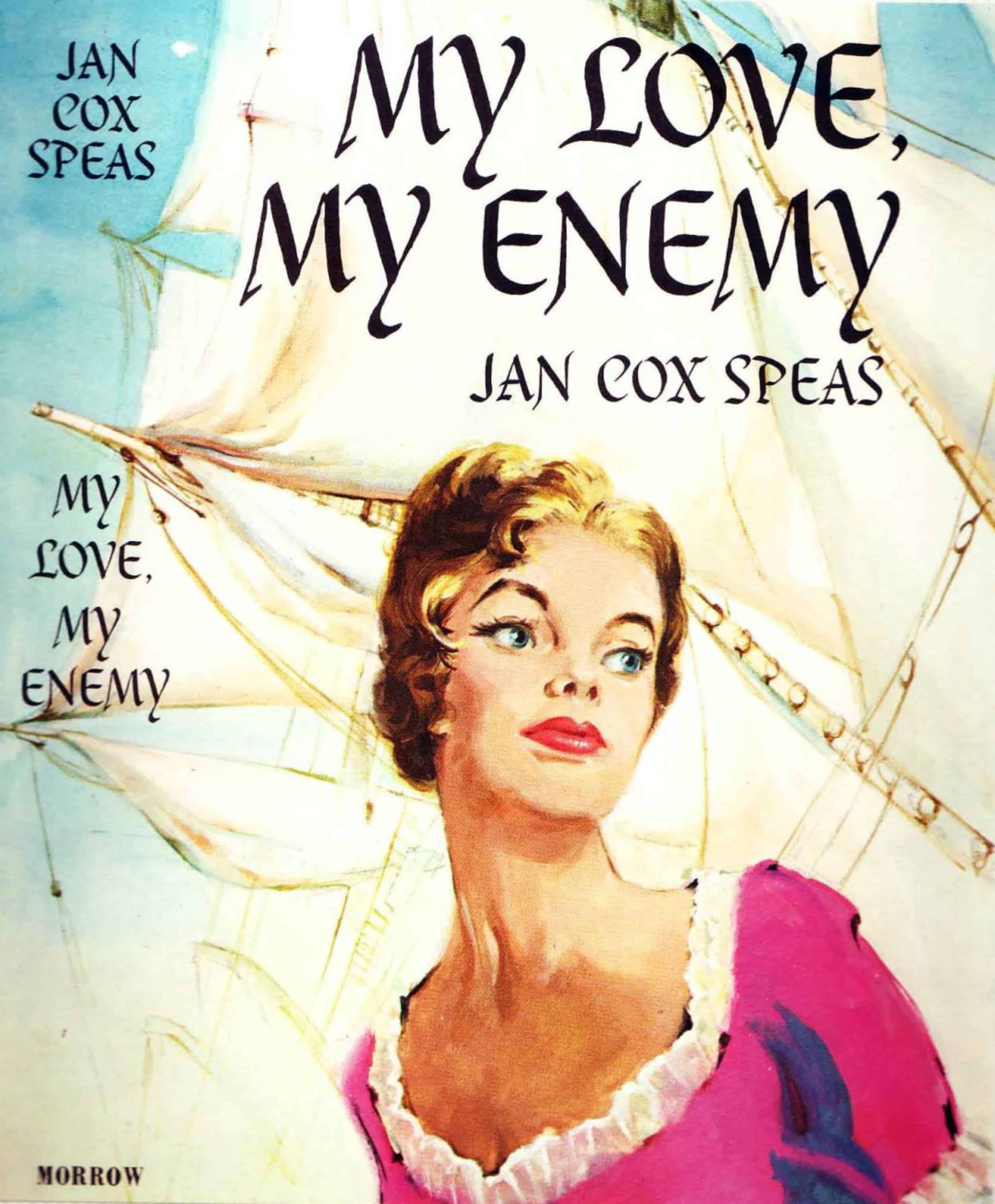
My Love, My Enemy
The trouble started with Page Bradley’s determination to risk the British blockade and steal a ride aboard her father’s boat to Annapolis. Once in town, she could hardly have stood quietly by while a mob of angry seamen prepared to lynch the handsome young Englishman. It was only natural to intervene, claiming the stranger as an expected guest of her father.
Perhaps all still would have been well if, on its return home, the Bradley sloop had not been captured by a British frigate. It was small consolation then for Page to learn that the man she had rescued was not only a nobleman, Lord Hazard, but a possible English spy.
In the following months Page more than satisfied her taste for adventure. When she finally found herself trapped aboard a warlike vessel, bound for a distant foreign shore, and in love with one of the enemy, she had ample reason to regret her recklessness.
The solution to Page’s bitter-sweet predicament provides a surprising and satisfying ending to a thoroughly enjoyable novel.”
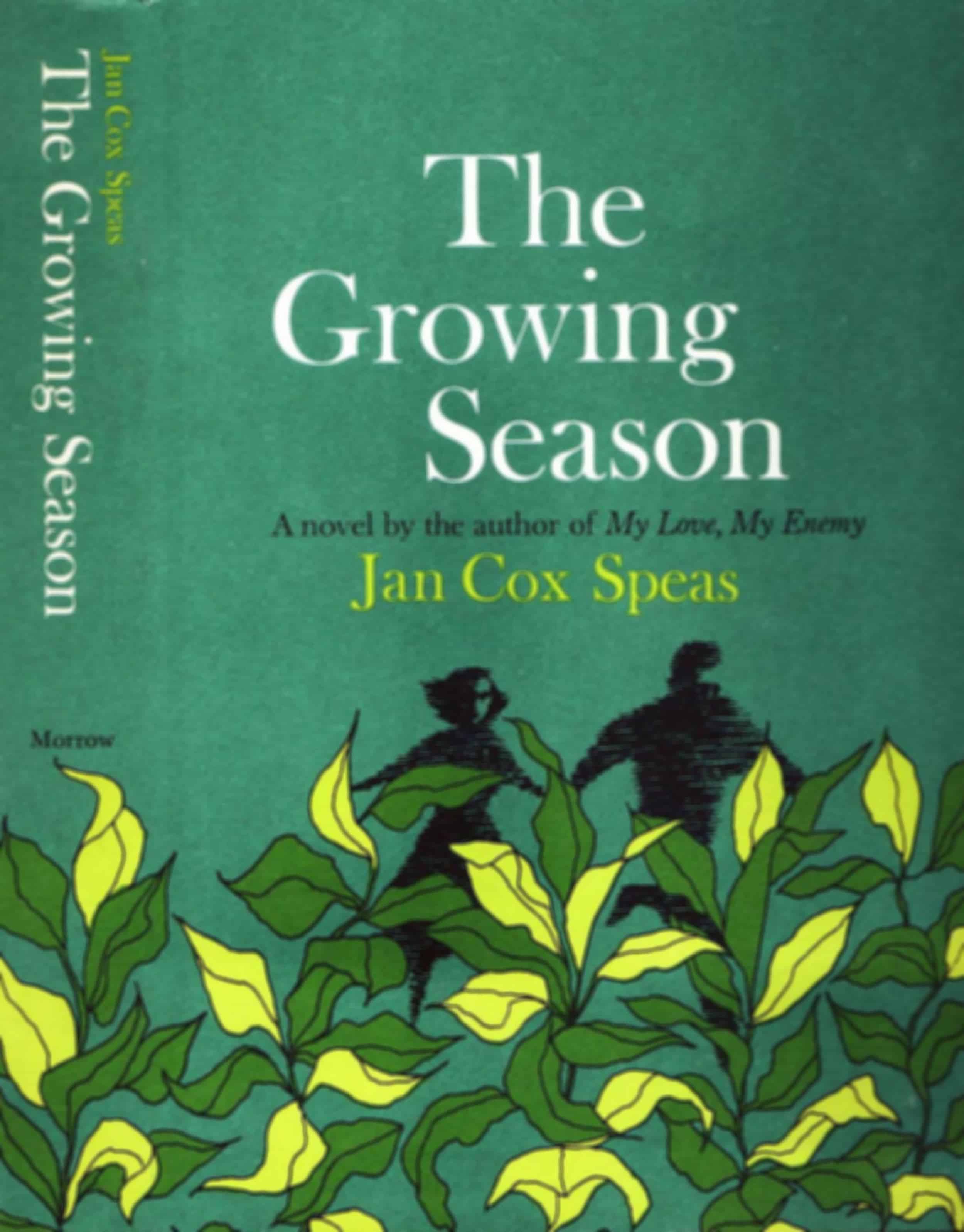
The Growing Season
The girl is Jody – of the great dark eyes, the warm mouth, as Tay saw her – and the action is precipitated on the night that, no longer able to withstand the tormentings of her stepbrother Marv, she determines to leave home. On the way to the bus she encounters Tay, himself a victim of Marv’s villainy, and together they flee before the hue and cry…
The background is a mill town with its turbulent life and the surrounding country. Mrs. Speas’ warm human touch brings all the characters into focus, especially a wonderful old lady, Mrs. Hackett, who is a sort of Greek chorus to the excitement and stress of the story.”
The Avon Covers
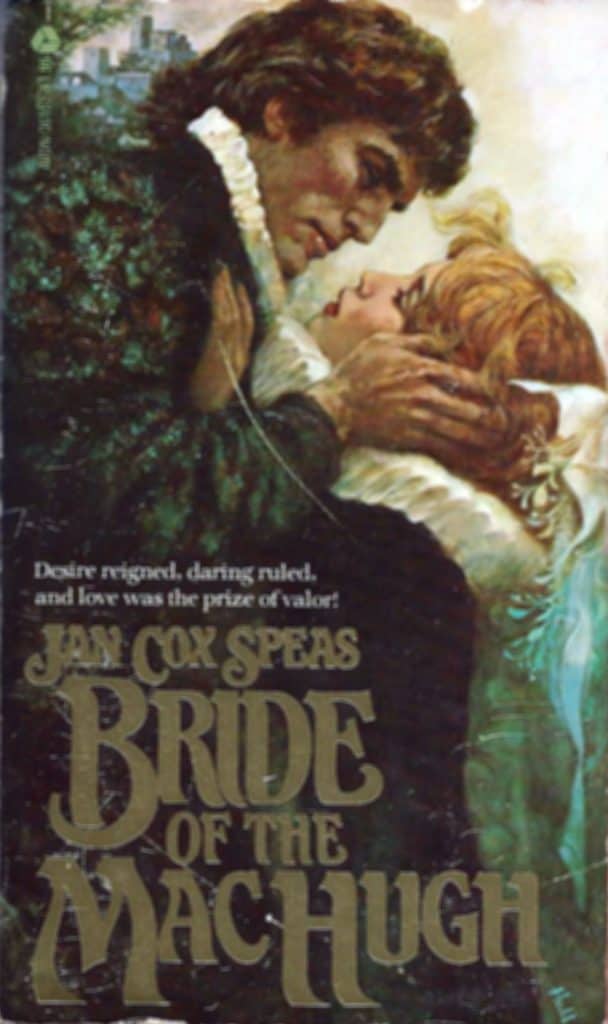
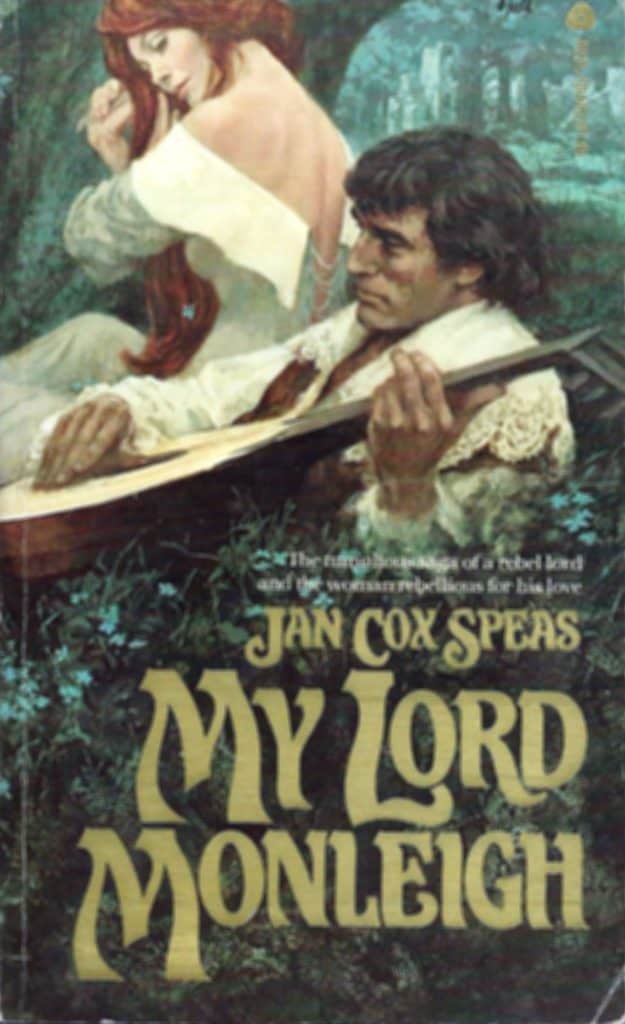
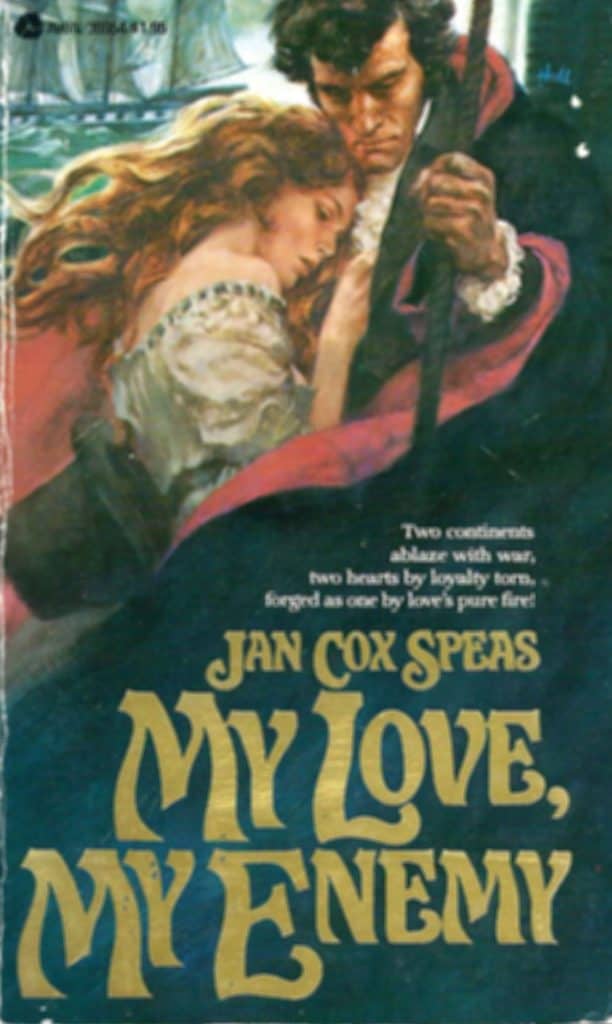
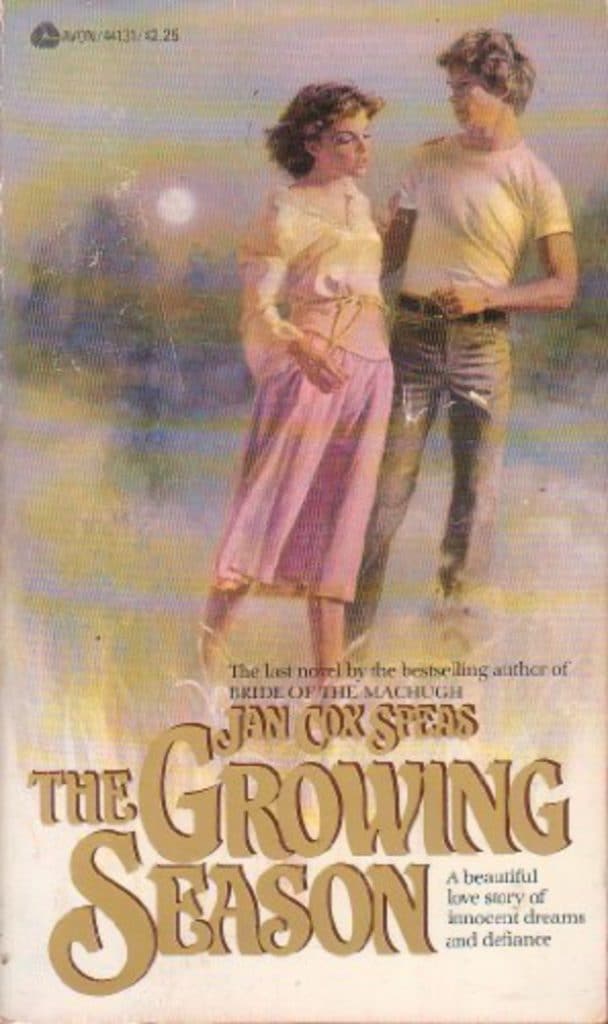
My thanks to Cindy Speas, for everything.



